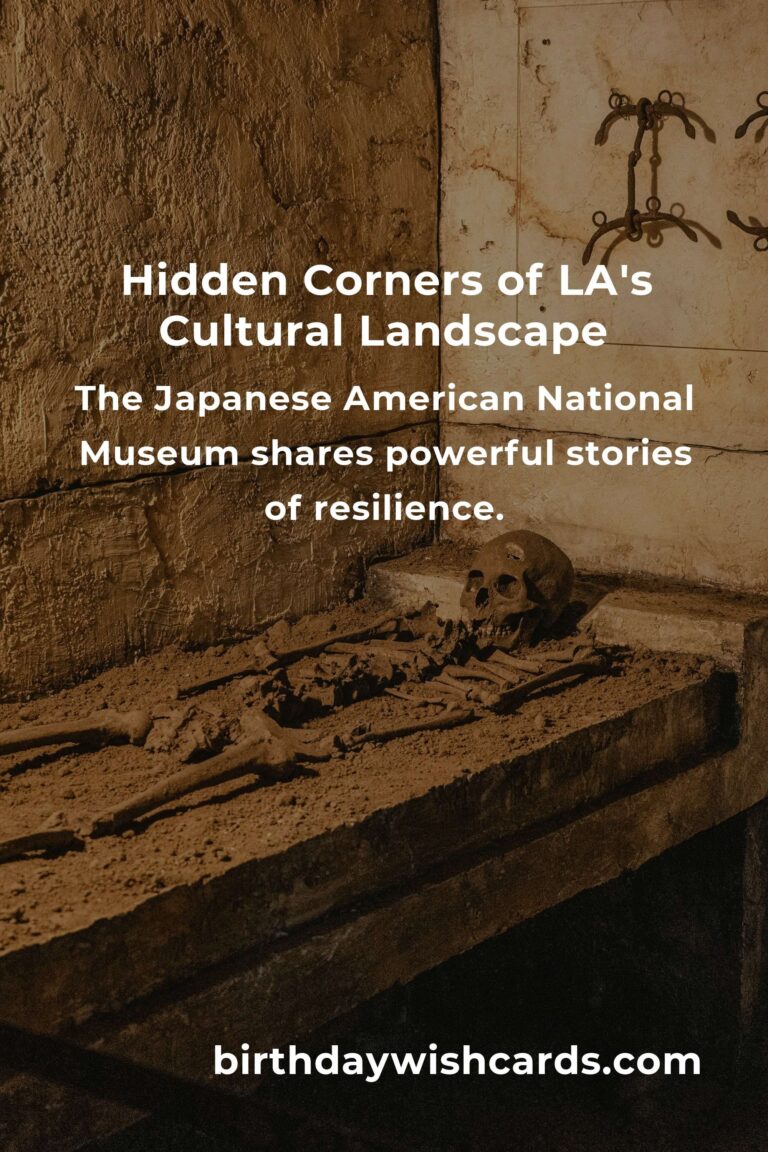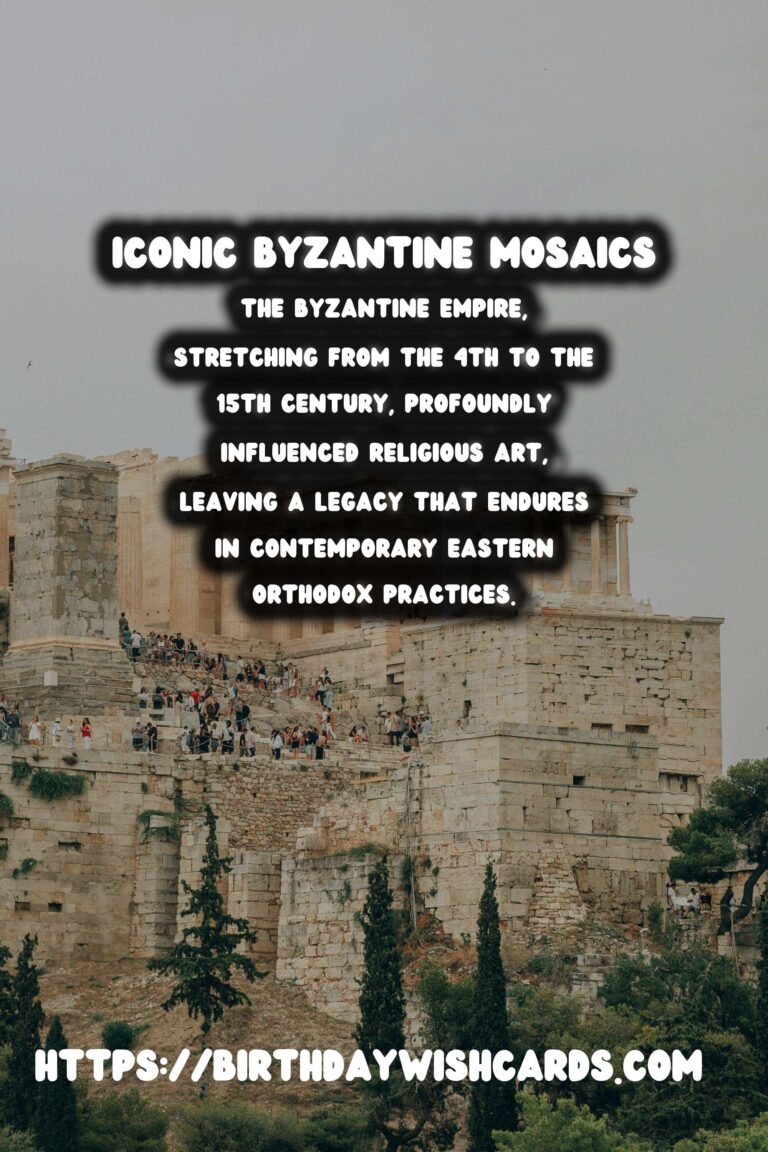
The Byzantine Empire, stretching from the 4th to the 15th century, profoundly influenced religious art, leaving a legacy that endures in contemporary Eastern Orthodox practices. This empire, a beacon of Christian orthodoxy, served as a cultural and artistic hub that transformed religious art with its unique blend of Roman, Greek, and Oriental traditions.
The roots of Byzantine art are deeply intertwined with the spread of Christianity. By adopting Christianity as the state religion, the Empire spurred a fusion of imperial power and religious expression, where art became a medium to convey the divine.
The Emergence of Iconography
Central to Byzantine religious art is the development of iconography. Icons, religious images employed in prayer and worship, are quintessential elements that reflect the deep theological reflection of the time. These images, characterized by their stylized figures and use of gold leaf, are more than mere decorations; they are spiritual tools bridging the earthly and divine realms.
The use of icons also underscored the Empire’s theological stance, particularly during the periods of iconoclasm in the 8th and 9th centuries. Iconoclasm, the destruction of religious images, caused significant rifts within the Christian world. Ultimately, the restoration of icon veneration helped reaffirm the cultural and religious identity of Byzantium.
Mosaics: Spiritual and Artistic Innovations
A pillar of Byzantine art is its extraordinary mosaics. These intricate artworks, adorning churches and basilicas, are created from small, colored glass or stone pieces called tesserae. Mastery over this art form resulted in breathtaking depictions of biblical narratives and saints designed to educate and inspire the faithful.
Byzantine mosaics revolutionized religious spaces, transforming them into immersive environments that conveyed a sense of heaven on earth. The interaction between light and the shimmering surfaces of these mosaics sought to evoke the ethereal presence of the divine during worship.
The Architecture of Faith
Religious architecture during the Byzantine Empire reflected a synthesis of spiritual and spatial concepts. The quintessential example of this is the Hagia Sophia, originally a cathedral built under Emperor Justinian I. Its domed structure, supported through innovative engineering solutions, symbolizes the celestial dome of heaven itself.
The architectural elements incorporated into Byzantine churches, such as domes, apses, and the iconostasis, served specific spiritual purposes, facilitating both communal worship and individual contemplation.
The Lasting Legacy of Byzantine Art
The legacy of Byzantine religious art extends beyond the Empire’s fall in 1453. It significantly influenced the Italian Renaissance, permeating Western art with its vibrant color palettes and theological motifs. Today, the art forms and religious expressions born in Byzantium endure within Eastern Orthodox traditions across the globe, continuing to inspire awe and reverence among practitioners and scholars alike.
In summary, the Byzantine Empire’s influence on religious art is an indelible testament to its importance in the history of Christian art. Through its innovative iconography, mesmerizing mosaics, and grand architectural achievements, the Byzantine Empire has left an artistic and spiritual legacy that transcends time and culture.
The Byzantine Empire, stretching from the 4th to the 15th century, profoundly influenced religious art, leaving a legacy that endures in contemporary Eastern Orthodox practices. Central to Byzantine religious art is the development of iconography. 
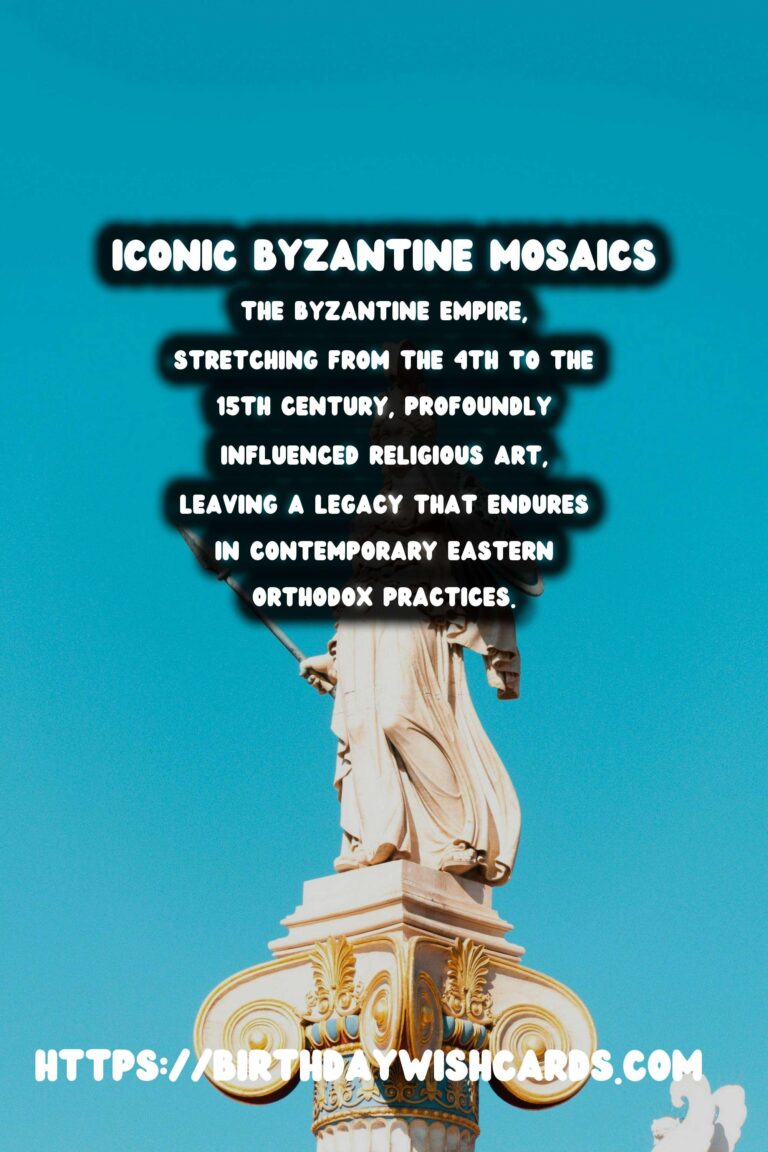
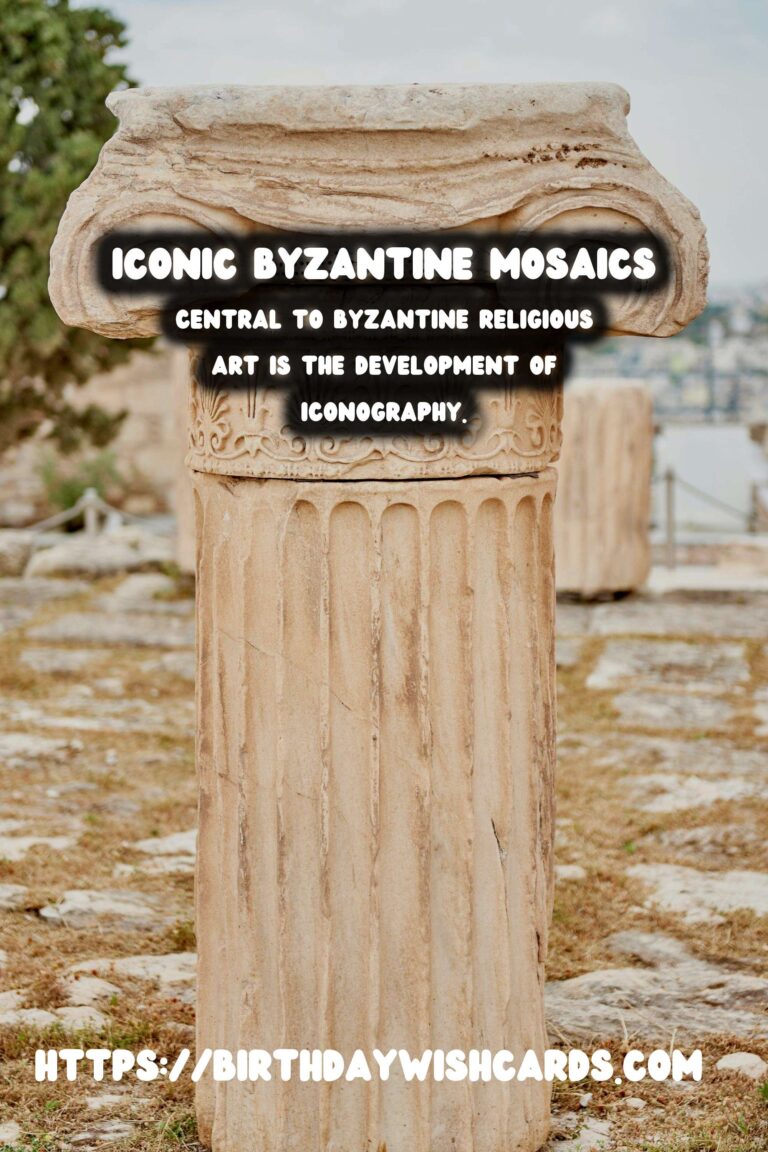
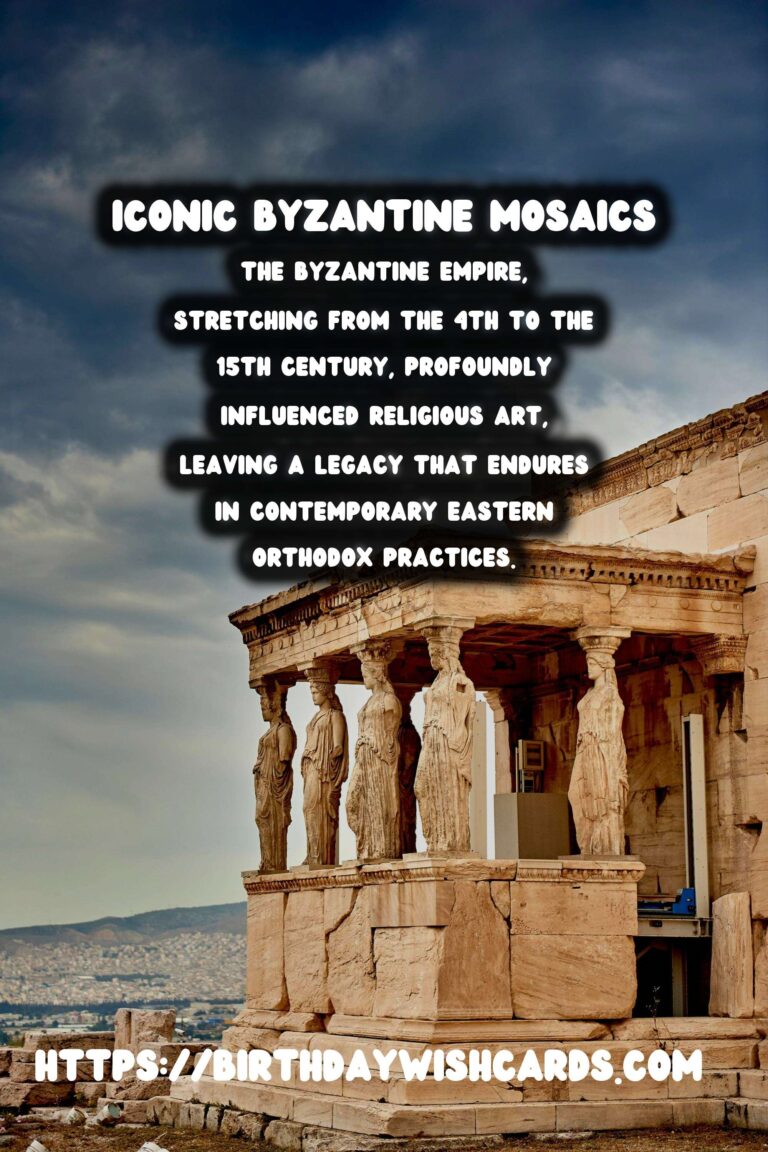
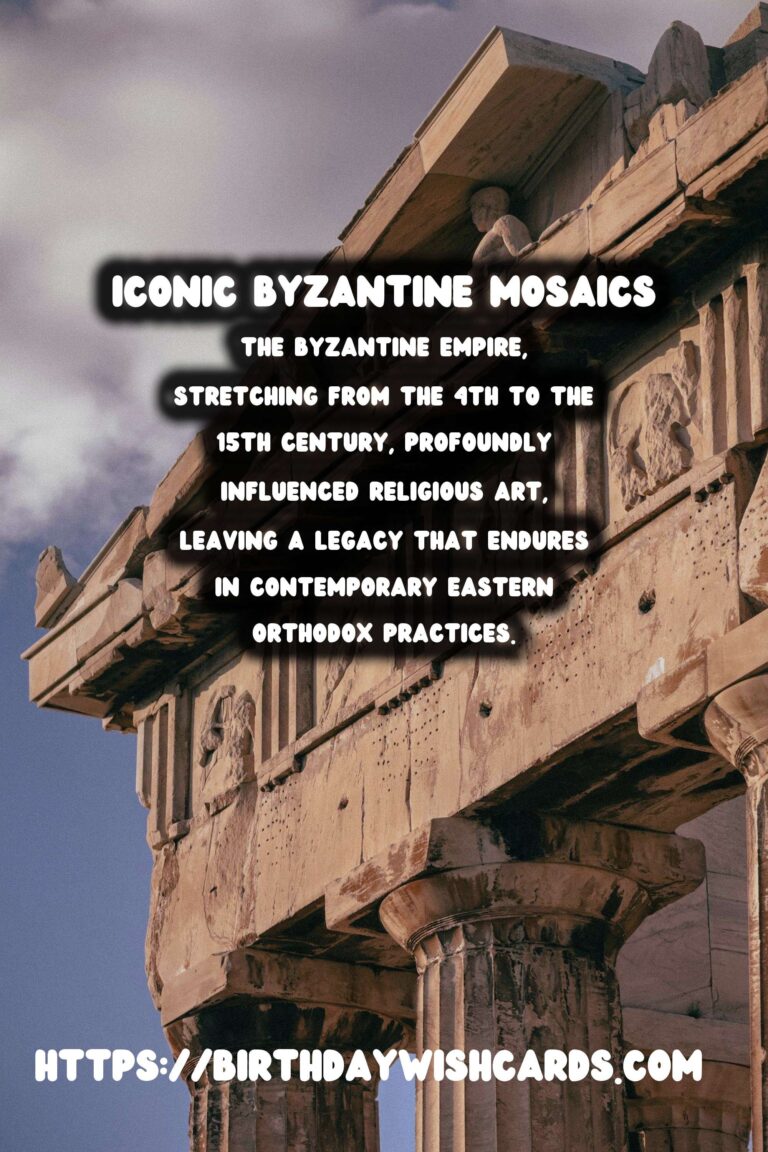
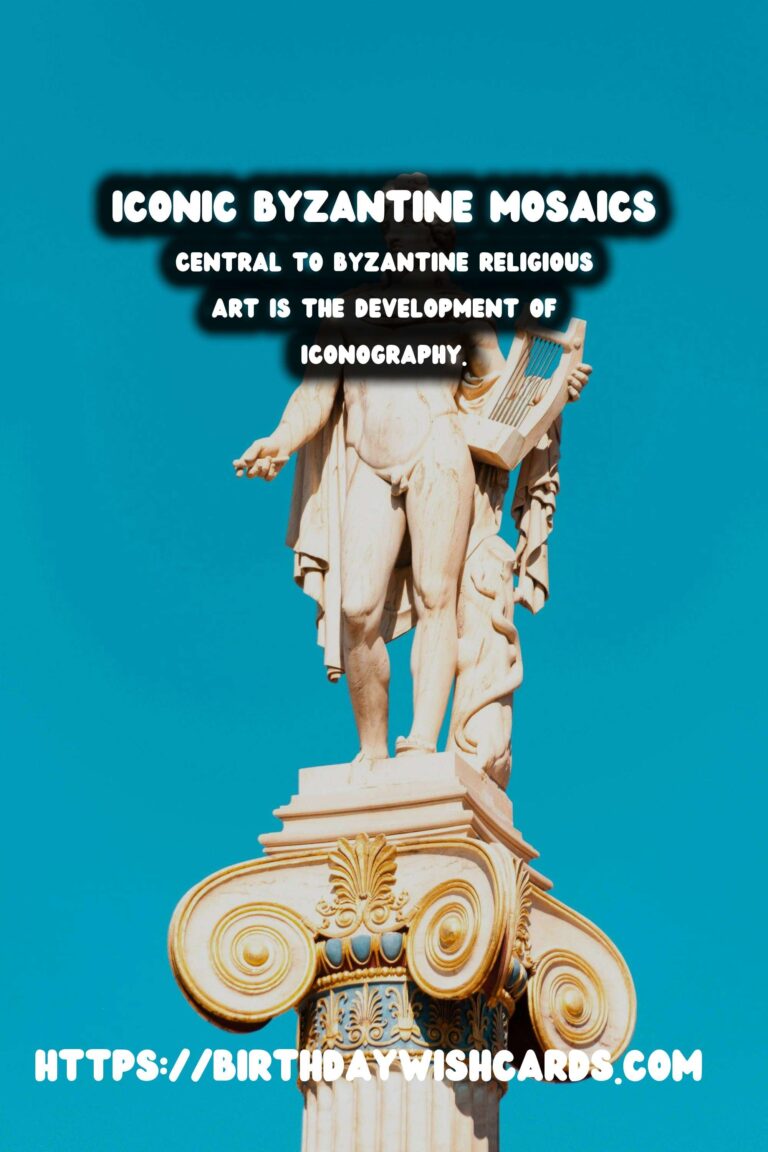
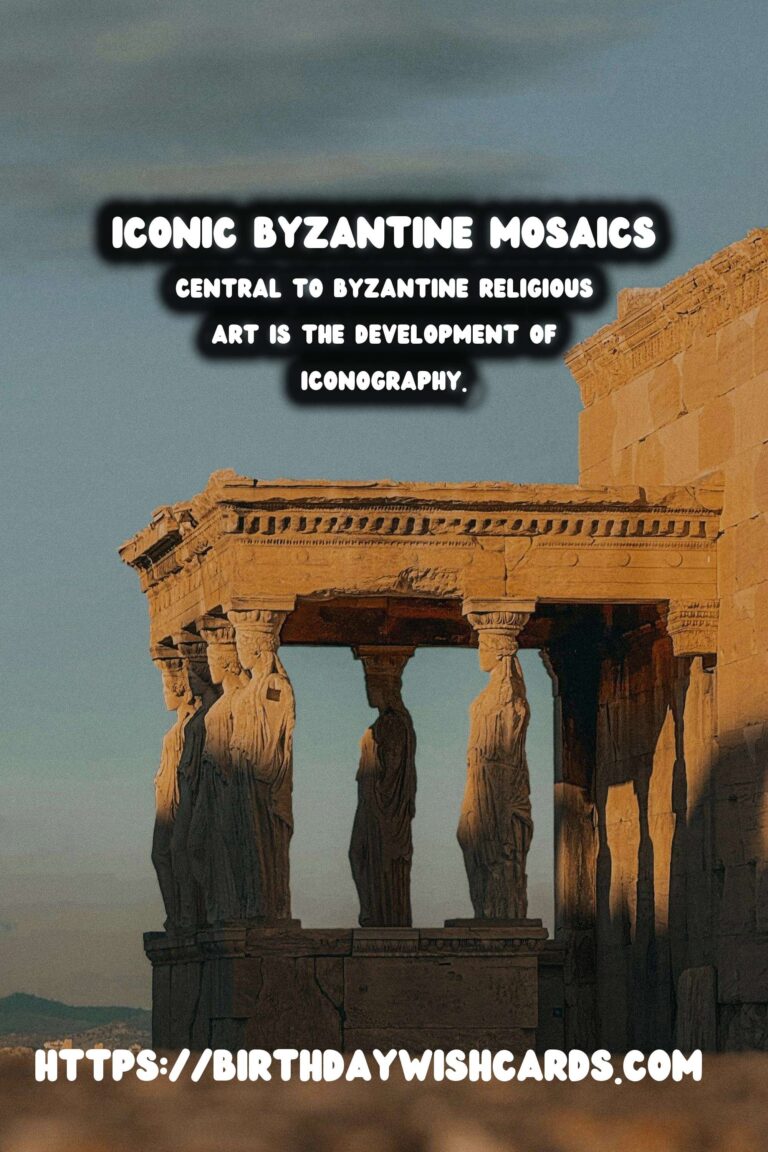
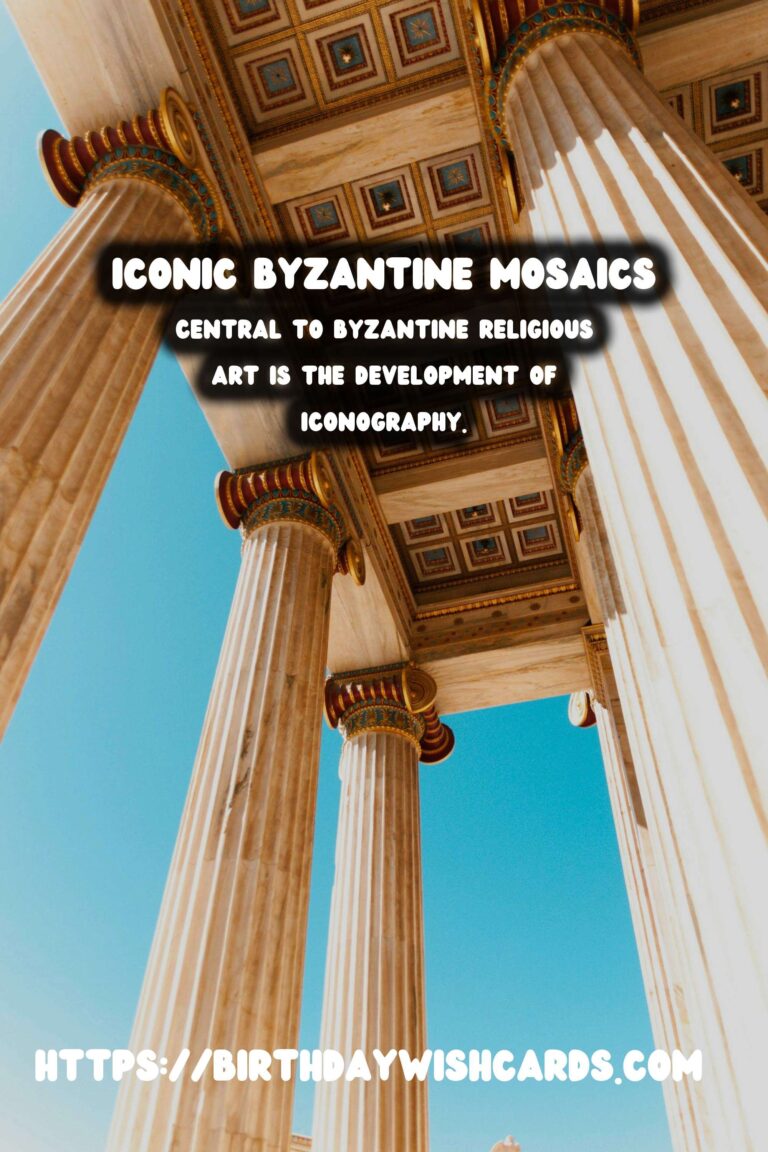
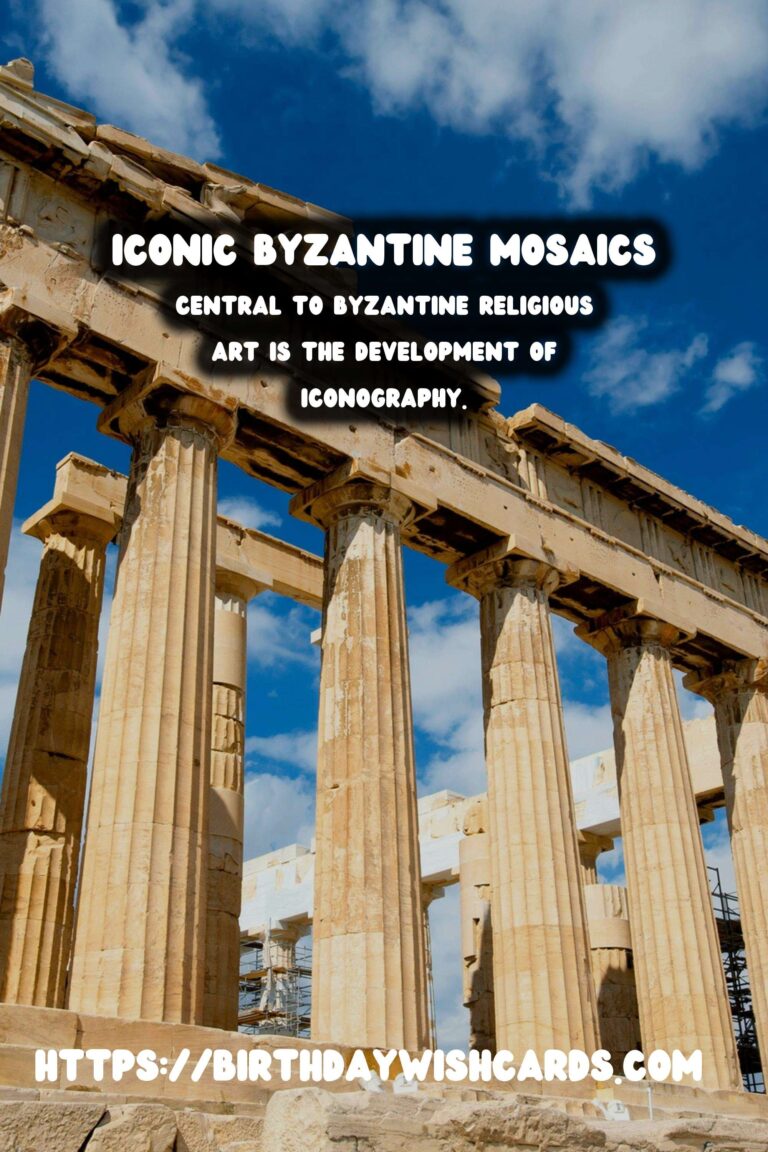
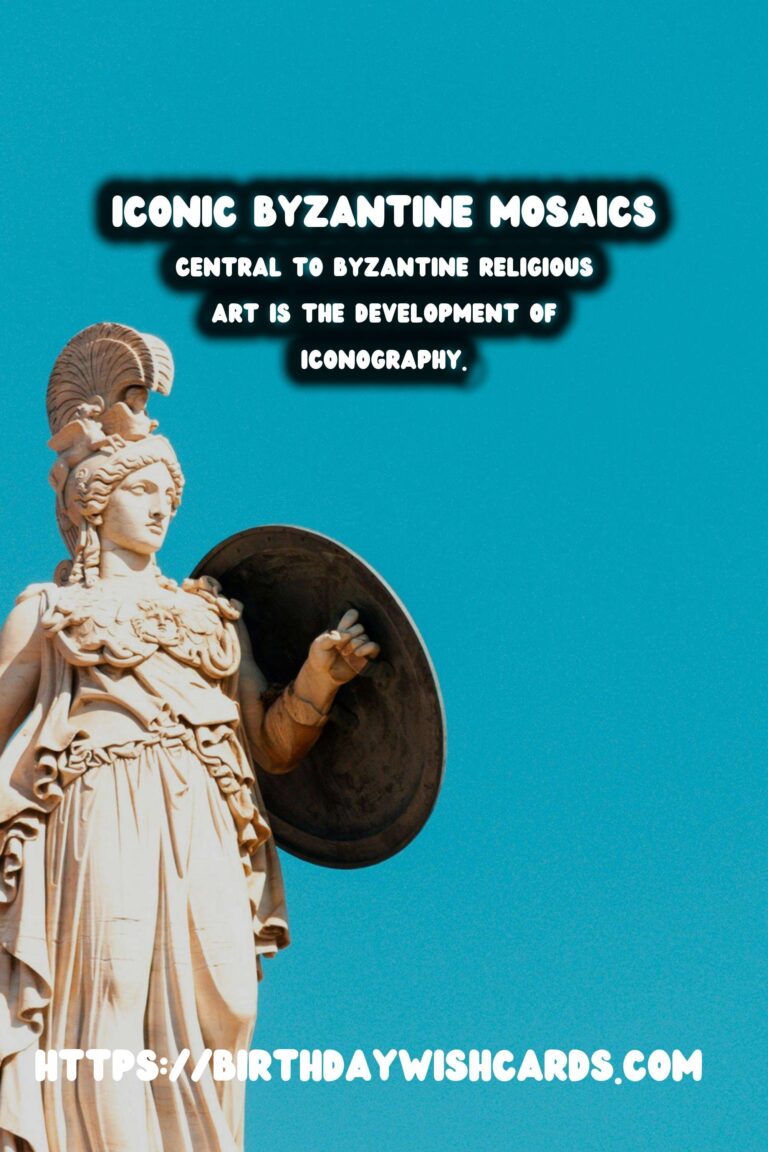
#ByzantineArt #ReligiousArt


